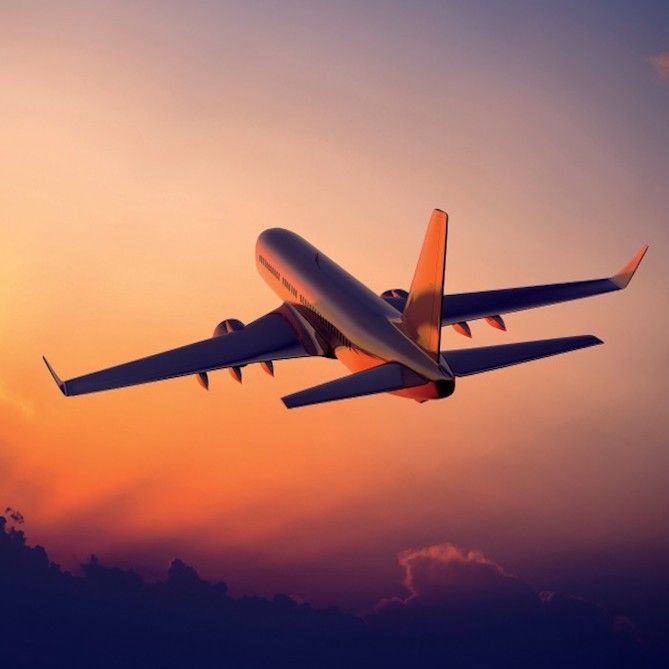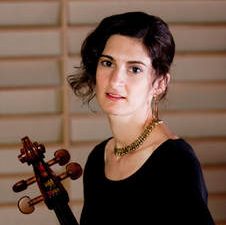
Avoiding Cello Flightmares
Natasha Farney
I just completed a four-city recital and masterclass tour of Brazil, which included one car trip, three domestic flights, and one round-trip international flight. Usually when I travel for concerts, I face the frustration and complexity we all enjoy of bringing the cello onboard, extra ticket gripped firmly in hand. The slightly unusual aspect of this recent tour was that I used borrowed cellos for each concert. I left my own instrument at home for several reasons. Although my room and board was generously covered in each city, most of my flights were not, and I didn’t want to pay close to $1k for the extra plane tickets. I didn’t want either the physical hassle of carrying it around, nor the emotional/mental hassle from airport personnel in a country I didn’t know. I definitely wanted to avoid risking injury to my instrument from climate or other issues. Truly, traveling sans cello is just so much easier for body and mind and I never received any airport challenges with the bow case.
I was exceedingly lucky to find cellist “hosts” in each city who generously found a cello and concert opportunity for me. Each cello was unique, and like my own instrument at home, had its quirks. At times, I felt that I definitely didn’t sound my best: some notes didn’t come out as clearly as I expected, some tone colors were not at all close to my intent, and I suppose that in general, it was more tiring physically to play my program because I had to work harder (strings were higher, and in some cases, the instruments were not played much, so their projection was small or felt stiff) and so I lacked my usual full power. I brought my own preferred strings, mutes, rosin, and resonating endpin anchor. Did they help me? Maybe a little. I rather enjoyed the challenge of trying to make each instrument work for me and although I can’t say that I won 100% of the time, the percentage of acceptable sounds was high enough to make the work worth it.
Certainly, it is ludicrous to think of showing up for concerts and expect a playable cello to be waiting there. Alas, cellos are not sitting around onstage like concert grand pianos! In fact, I was quite astonished that I could find cellists willing to loan me their second, and in some cases, only cello for my needs. Would I loan out my instrument if someone came through, petitioning to play? Hmm, good question!
I suppose in the end, the decision on whether to bring the cello or not depends on your expectation of the experience. Since I traveled to Brazil partly out of curiosity to see the culture and countryside, and partly to visit and discuss the business with other cellists, I admit that I wasn’t so focused on my reputation as a player. My tour was arranged randomly and through an incredible musicians’ network. I thoroughly enjoyed all of the music making, for the pianists and cellists I worked with were all great musicians and very kind people. I also truly enjoyed the teaching and when demonstrating, I tended to use the student’s cello. Perhaps my own cello would have gotten in the way. On my next trip, I am not sure I would go this route again, because the unknowns are somewhat terrifying, however for this trip, it was definitely the best solution.
If you decide to try it, here are some ideas for you. Try a visit to the local instrument dealer, and explain that at your concert, you will be promoting the instrument for several local cellists in attendance. If you are using a cello that has potential, but doesn’t speak as clearly as you would like, you can check and adjust several things quite easily. The most obvious component is the bridge — a straight bridge, centered between the F-holes, will deliver a much clearer sound. Dust on the bridge and around the body of the cello mutes the sound, so a cleaning can really help the sound. Definitely bring your own bow, and don’t forget the rosin! New strings of your choice may also be an improvement. And then at the concert, remember that after the initial sound adjustment, the audience will come right with you, as long as you are involved and enthusiastic. So, bon voyage and enjoy the lack of flightmares! It is a wonderful feeling!
Subjects: Travel
